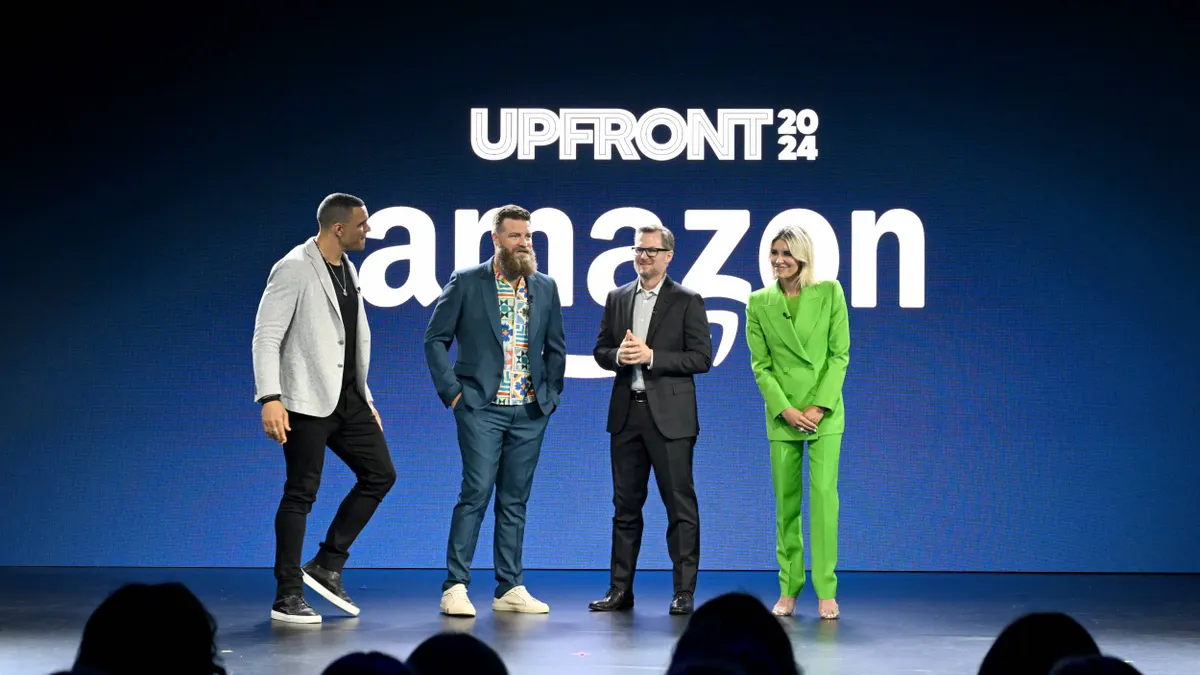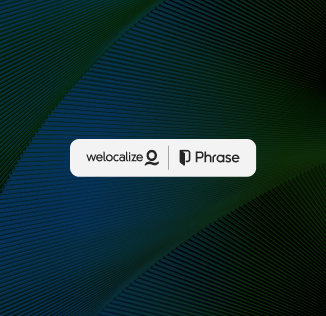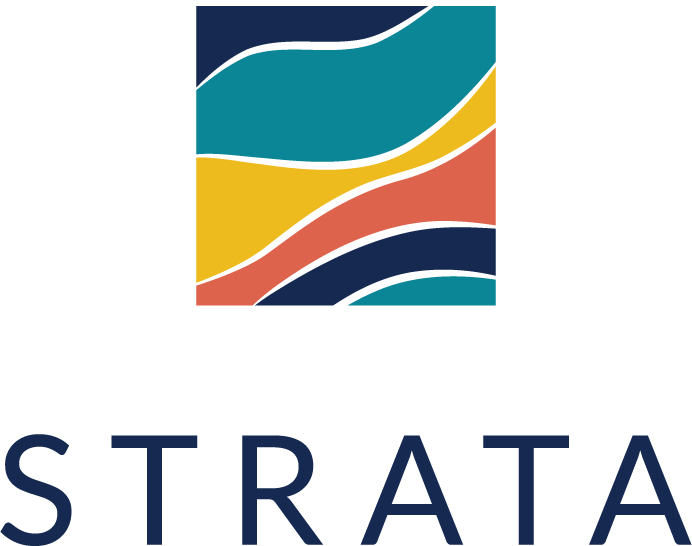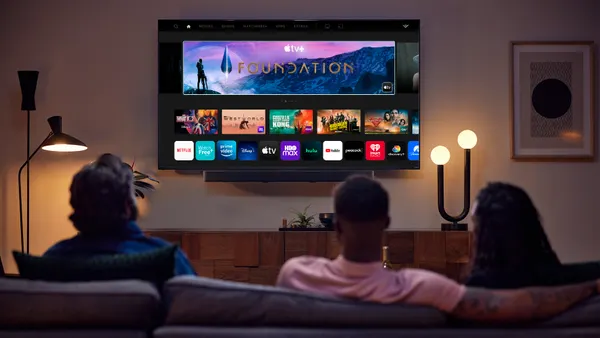The 2026 World Cup will be co-hosted by Mexico, the U.S. and Canada, giving marketers a unique opportunity to tap into the growing legions of American soccer fans. Nearly 75% of Americans say they are interested in soccer and 45% say their interest is increasing, according to recent data from The Harris Poll. Increased interest in the sport could provide new avenues for engagement for marketers, if executed correctly.
“Americans have a different relationship with the sport,” said Jennifer Musil, global president of research at The Harris Poll. “You can't just take a playbook from the last World Cup into this World Cup and assume it'll work the same.”
“America’s Surge in Soccer Fandom” report used data from The Harris Poll’s Sports Momentum Index and customer surveys. It focuses on how U.S. companies can leverage the upcoming tournament to reach American soccer fans. In 2026, the soccer tournament will take place across Mexico, the U.S. and Canada from June 11 to July 19.
The American playbook
While soccer has not reached the cultural permeation in the U.S. of sports such as football and baseball, it is important to many Americans. Among U.S. soccer fans, 21% were introduced to the sport through youth leagues.
Additionally, while only 35% of soccer fans say the sport “feels American,” 65% agree that people in the country are soccer fans. Thirty-five percent of Americans say they watch major global soccer events, however, interest is mounting as a largely global sport goes local. The majority, 70%, of soccer fans say they are more excited for the 2026 World Cup because it is being held in North America. Among U.S. adults overall, 46% are aware the tournament is being held in North America and 38% say their interest in the event is driven by its location.
When it comes down to it, soccer has many similarities with other sports from a media and marketing perspective. Live sports remain a uniting factor among the general public and are, in many cases, entrenched in linear TV and traditional marketing. That’s something marketers can use to their advantage.
“For domestic marketers, it's thinking about ways to engage Americans in an authentic and unique experience. One of the things that we're seeing… is as a society, Americans are stressed, anxious and kind of burnt out of digital interactions. They're looking for ways to connect in real life. And sports are a really powerful way to do that,” said Musil.
The new American soccer mom
When brands advertise at the World Cup, fans notice. Fifty-four percent of fans say they pay attention to the brands who sponsor a soccer team or event and 55% say they are more likely to purchase from brands who support their favorite teams or athletes. Individual stars are a big draw for soccer fans, with 61% of U.S. fans saying individual athletes “bring the sport to life for them.” Forty-seven percent say they follow individual stars as much or more than a specific team, according to the report.
Brands have an opportunity to latch onto stars early. While many of the players may be famous in Europe, many are largely unknown in the U.S. They are going to be introduced to a whole new market when the competition comes to North America.
“This World Cup is going to make a lot of those individual athletes household names,” said Musil.
Women fans are another demographic for marketers to tap into. While only 32% of U.S. soccer fans are women, 32% of these fans say they are “dedicated” or “obsessed.” The popularity of youth soccer in the U.S. may be part of the reason why women have taken such a strong interest in the sport. Half of women fans say they bond with their friends and families over the sport and 43% say they associate it with “community.”
“We see a lot of momentum behind soccer among moms.This is a point of connection with their children,” said Musil. “This isn't just soccer moms giving out orange slices. It's a meaningful way for them to have a point of connection with their family.”













